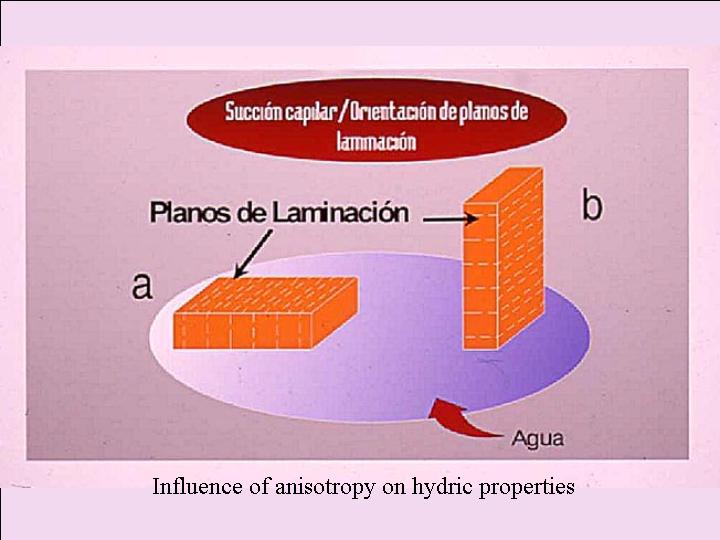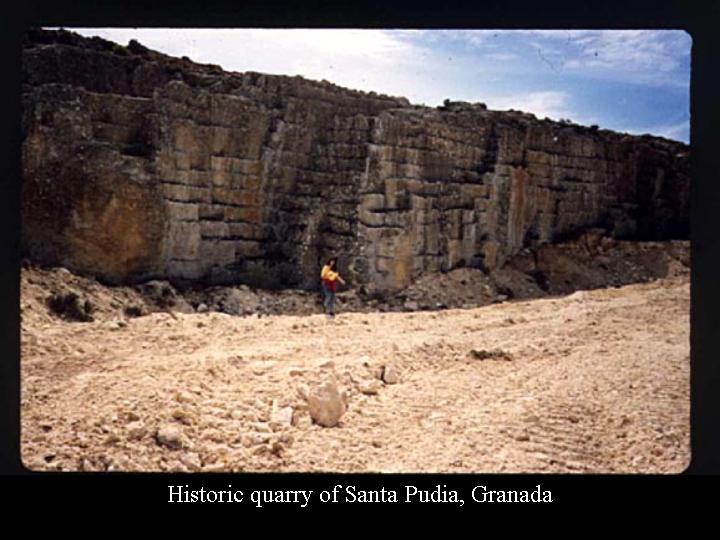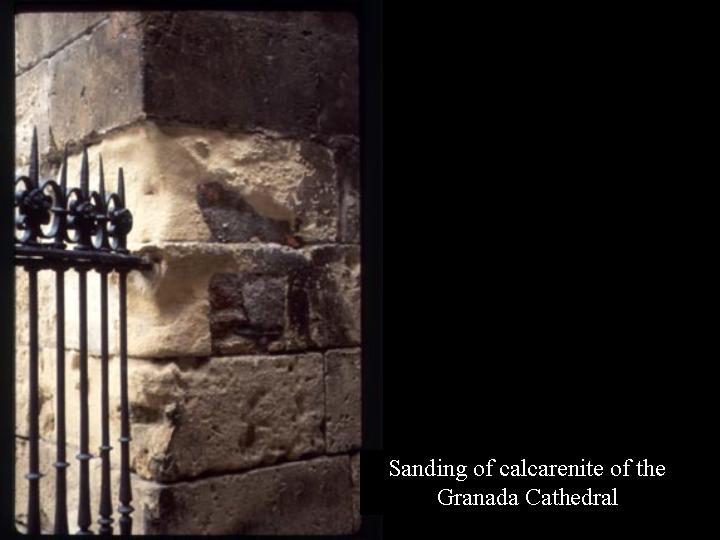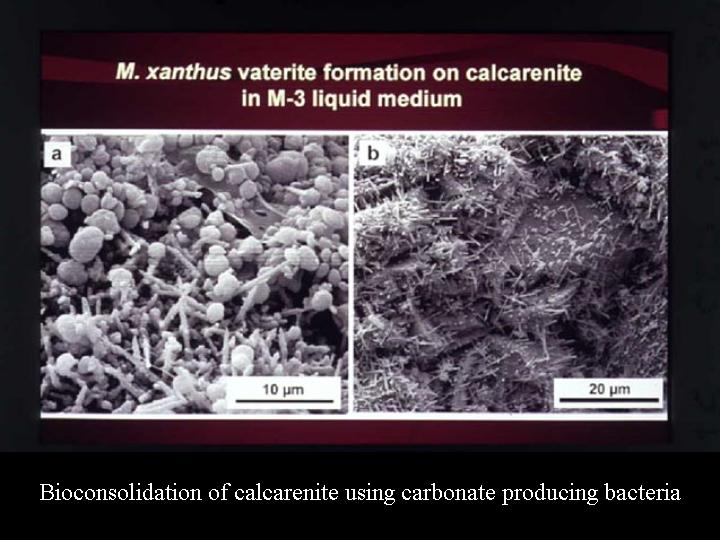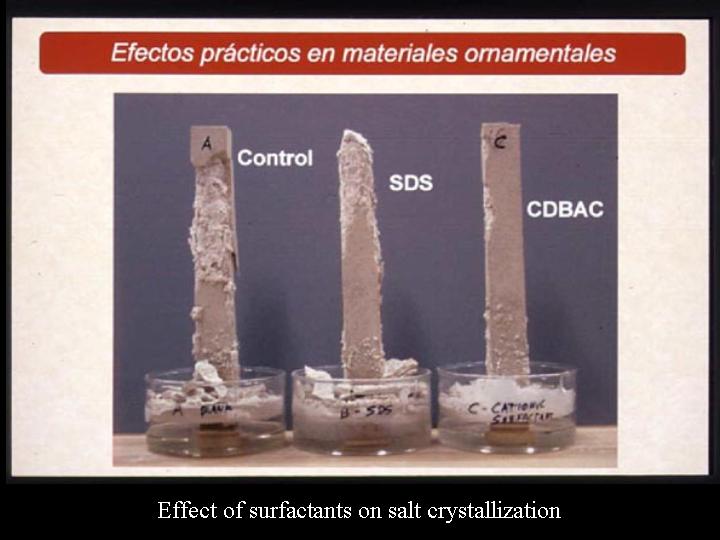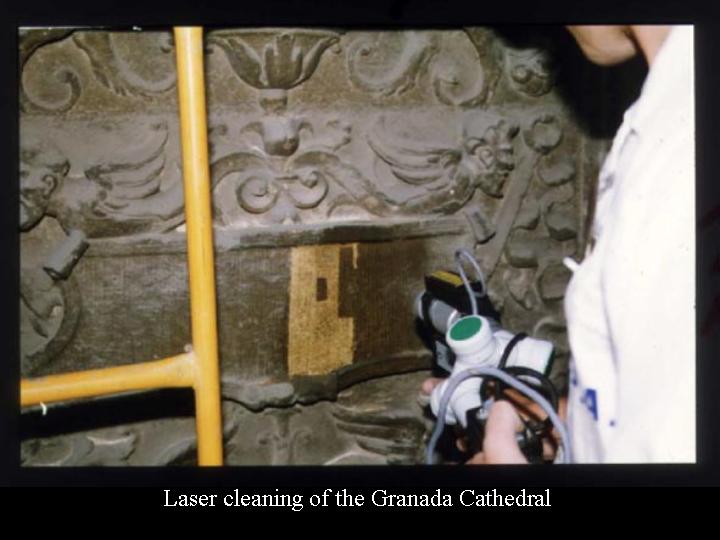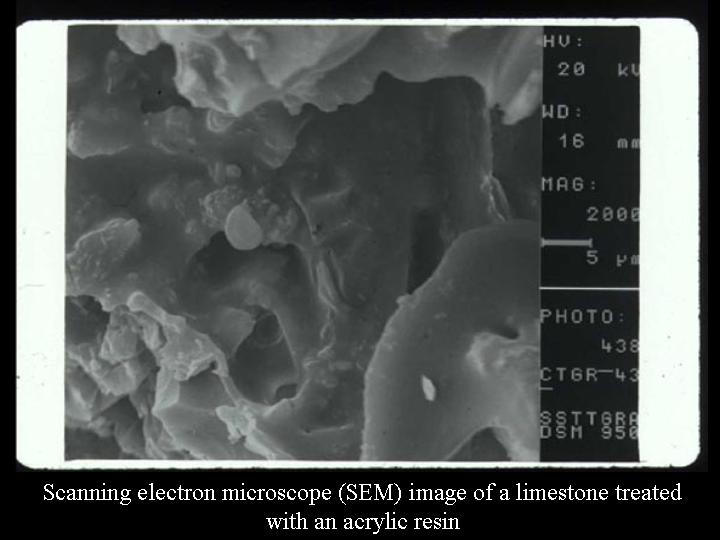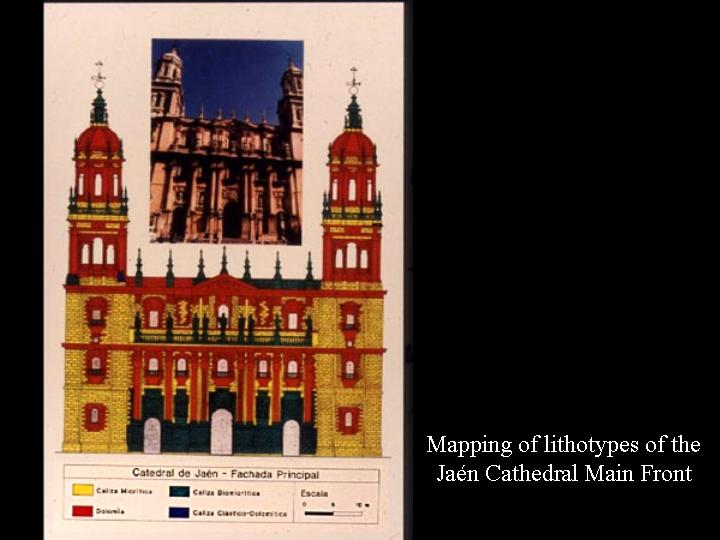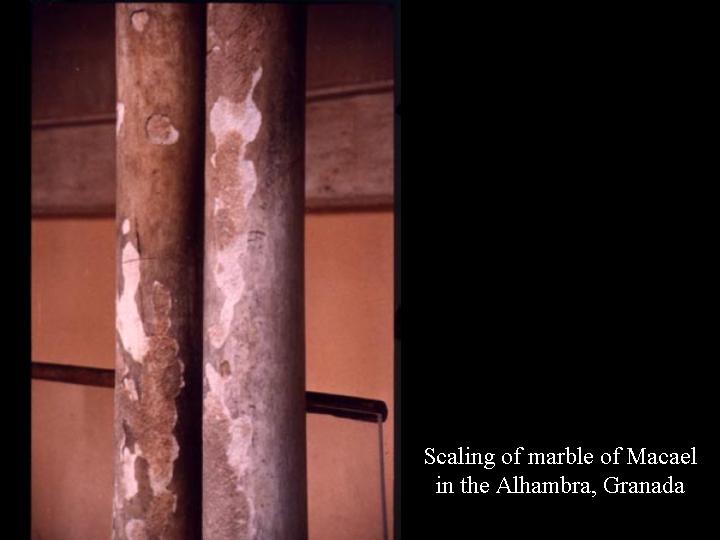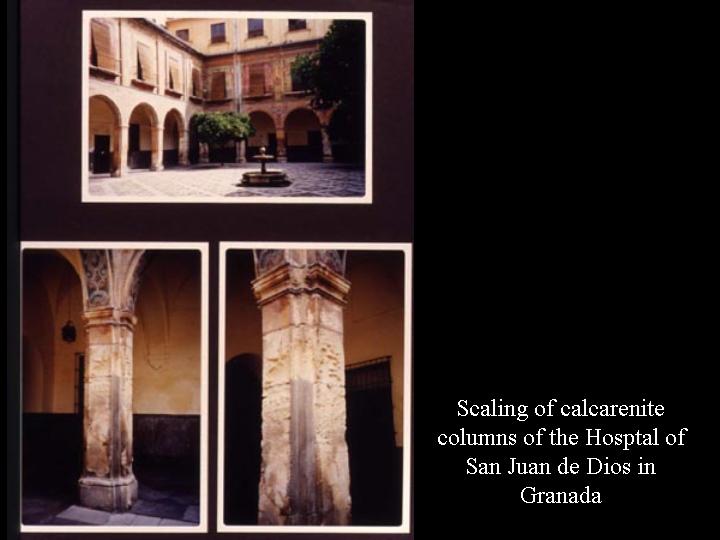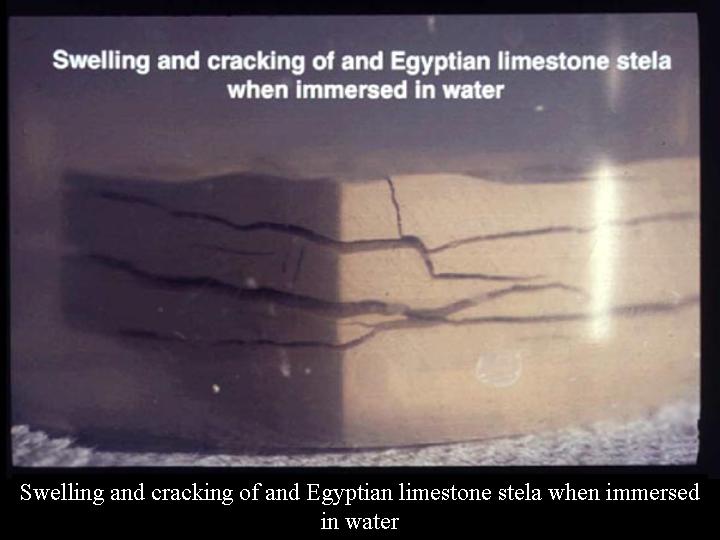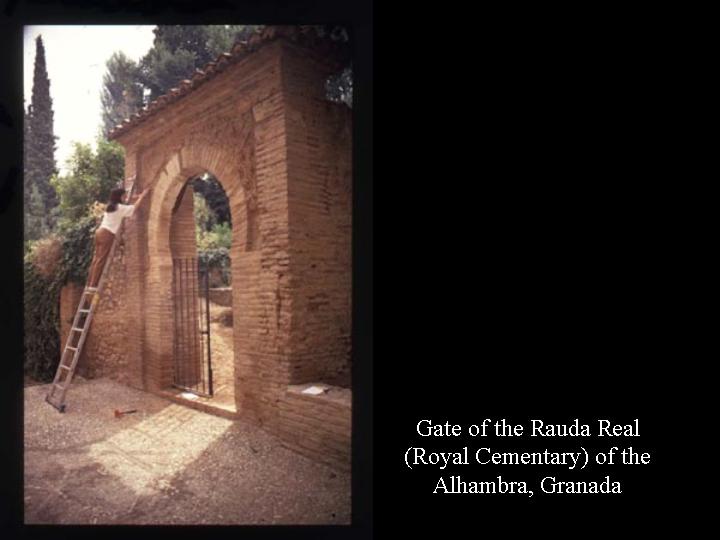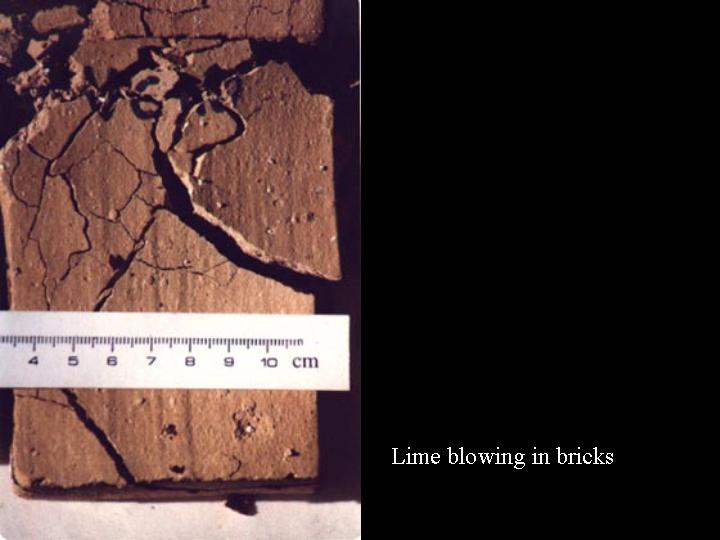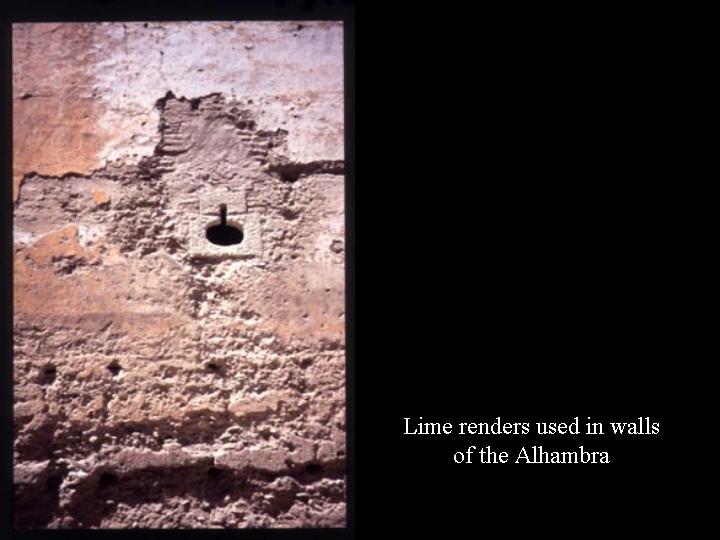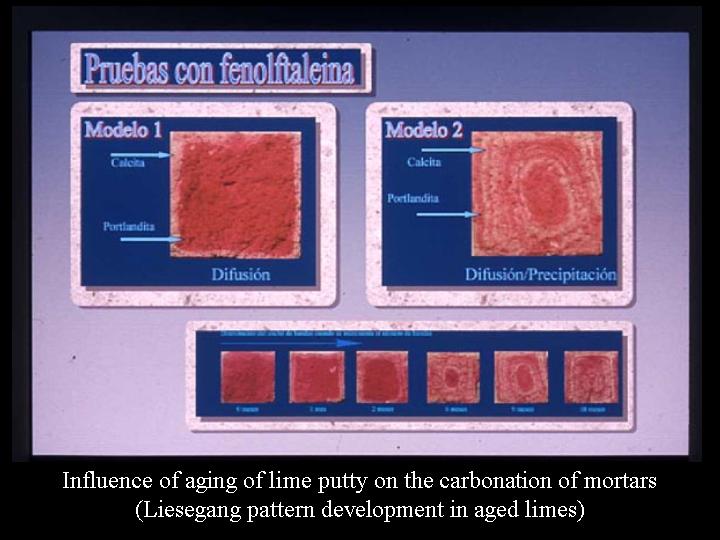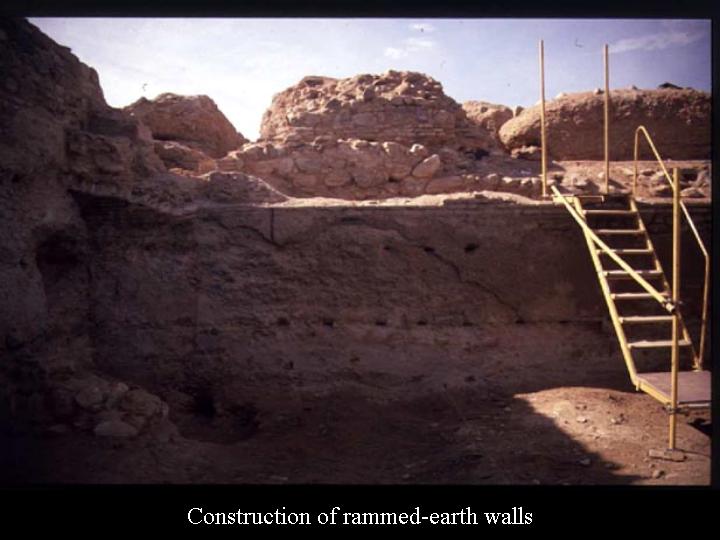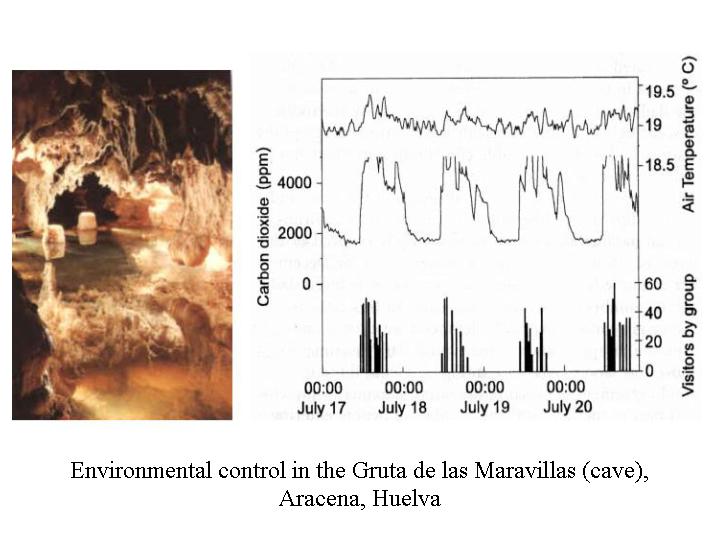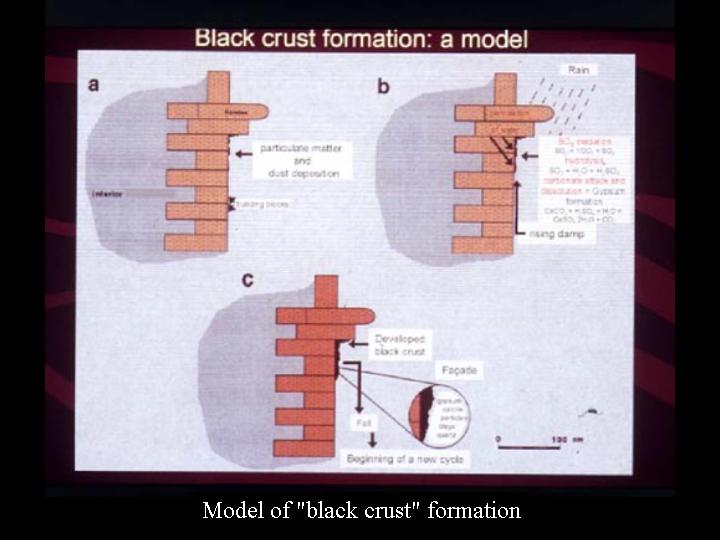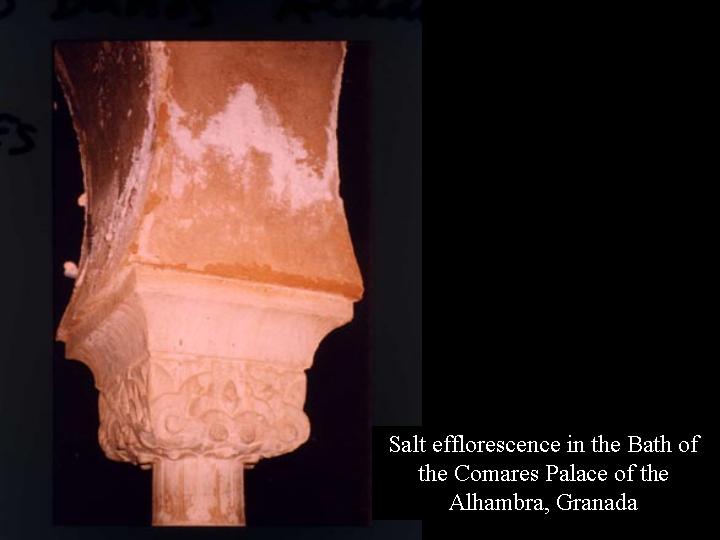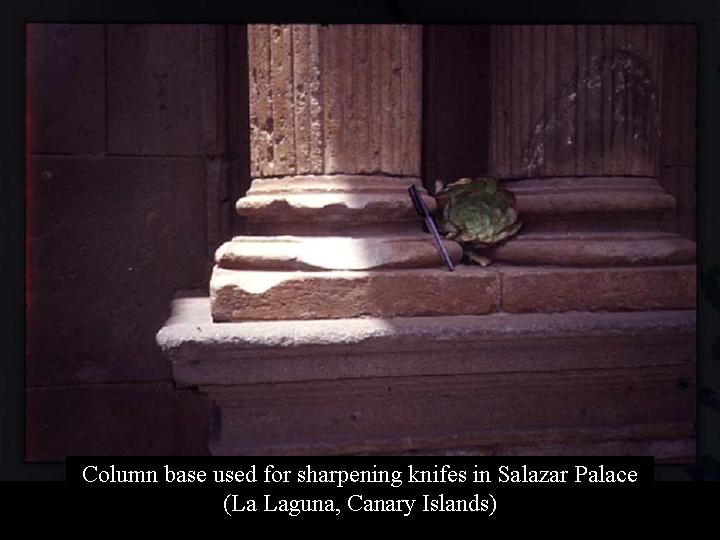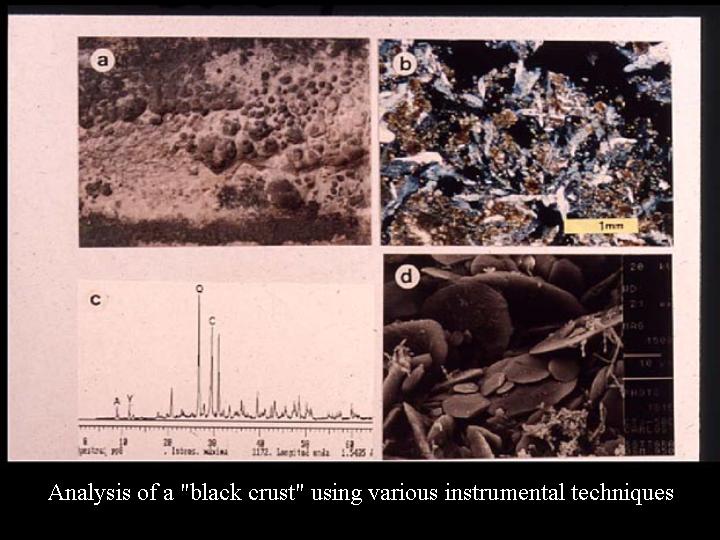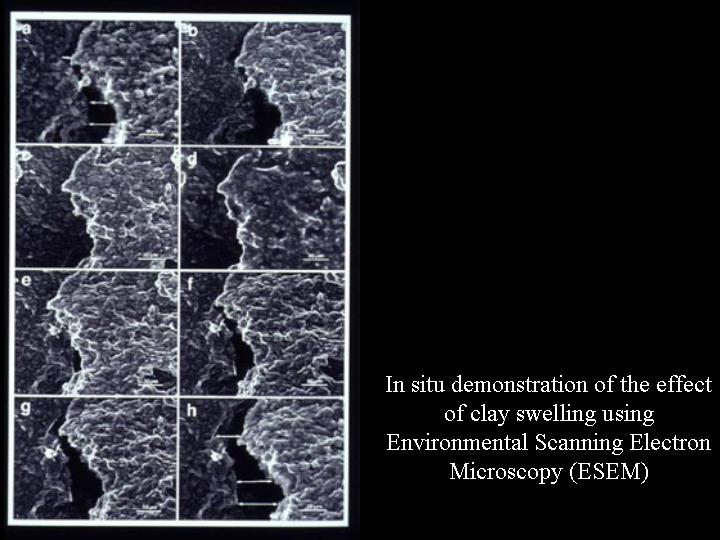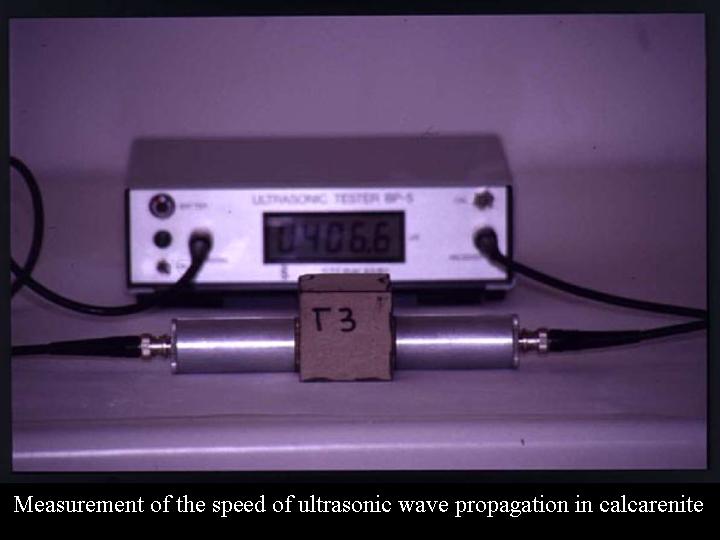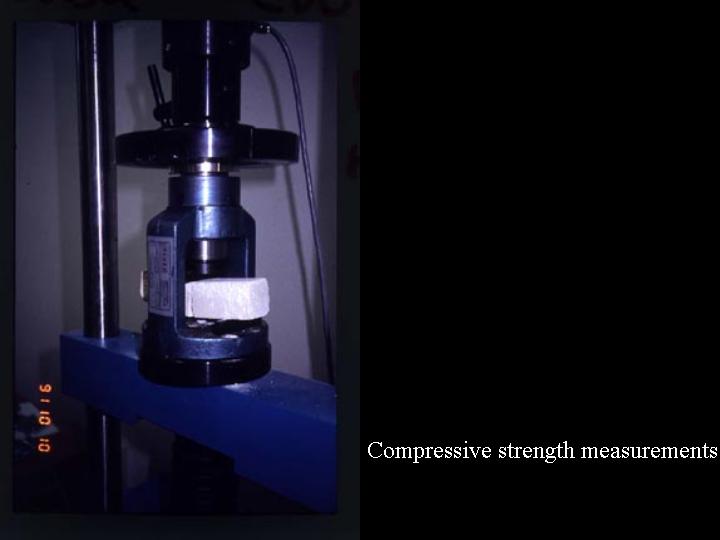Research and projects
Analysis of stone materials in historic buildings and conservation treatments
- Compositional-textural characterisation and study of the physical-mechanical properties of ornamental stone.
- Geological investigation of historic quarries and other sources of materials.
- Analysis of the causes, mechanisms and morphologies of their alteration.
- Development, testing and implementation of conservation treatments: organic, inorganic and biomineralization.
- Evaluation of the effects of laser cleaning on ornamental stone.
- Control during conservation interventions and scientific follow-up: treatments, products and application methods.
Research activities include:
- Assessment of the state of conservation of the Cathedral Complexes of Granada and Jaén, Mapping of lithotypes in selected areas of both historic buildings.
- Study of the compositional and technical characteristics of the marble of Macael and its use and durability as construction material.
Study of artificial construction materials
- Study of the bricks used in the Alhambra and the Alcazaba in Málaga, including the technology of their fabrication and archeometric implications, their state of conservation, factors and processes of alteration, and conservation methods.
- Influence of raw material and preparation parameters on the technological behaviour of modern bricks, especially with respect to their durability.
- Research on historic lime or gypsum mortars and concretes from the Alhambra and other Moorish constructions focusing on the characterisation of plasters and renders, on the raw materials and their mixing ratios, as well as problems related to their deterioration.
- Influence of raw materials and fabrication process on the behaviour of modern lime mortars, including technical quality and durability.
External factors leading to the deterioration of ornamental construction materials
- Influence and control of environmental parameters. Environmental control in the Gruta (cave) de las Maravillas Aracena, Huelva.
- Environmental pollution and its role in the deterioration of the cultural heritage.
Techniques for the study of construction materials
- Methods to evaluate the physical-chemical behaviour of construction materials.
- Advanced techniques for the determination of compositional characteristics, including texture and structure of materials.
Research projects
The experience of the group benefited from the participation in numerous research projects financed by different organisation, such as the European Commission, the Spanish Government Science Foundation (CICYT, DGICYT, MEC), the Junta de Andalucía (IAPH) and the Getty Conservation Institute in Los Angeles, USA. A selection of projects is listed below:
- Comparative analysis of the deterioration degree and the conservation of calcareous stone materials of monuments in Andalusia (Spain) and Puglia (Italy). MEC and MIPI.
- Analysis of the decay evolution of the Architectural Heritage using non-destructive techniques. D.G.I.C.Y.T.
- The study and conservation of the Architectural Heritage. IAPH. Junta de Andalucía.
- Geology of historic quarries. Analytical methodology in the Andalusian Architectural Heritage. IAPH. Junta de Andalucía.
- Studies on the formulation of lime mortars and its application in the Andalusian Architectural Heritage. Consejería de Cultura. Junta de Andalucía.
- Decay due to salt crystal growth: influence of environmental changes. D.G.I.C.Y.T.
- Characterisation of traditional lime mortars and their application in the conservation of the Architectural Heritage. IAPH. Junta de Andalucía.
- Technology of ceramic construction materials and its importance for the conservation of the Andalusian Architectural Heritage. IAPH. Junta de Andalucía.
- Study and quantification of the effects of laser cleaning on stone monuments. FEDER, Programa MAT.
- Effects of additives on the decay of porous ornamental materials due to salt crystallisation. Ministerio de Ciencia y Tecnología.
- Preservation of calcareous stone. Getty Conservation Institute.
- Preservation of lime plaster. Getty Conservation Institute.
- Salt Control – Prevention of salt damage to the built cultural heritage by the use of crystallisation inhibitors. European Commission VIth Framework programme.
- Study and application of geopolymers in the conservation of earthen architecture. Ministerio de ciencia y tecnologia.
- Quality of lime mortars: Changes due to raw materials and processing. Ministerio de Formento.
- Durability of ornamental cristaline rocks used for surface cladding: Quality criteria and suggestions for uses. Ministerio de Educación y Ciencia.
- Research network on natural stone-PREN. Convenio con el Instituto Tecnológico de la Construcción (AIDICO)
- From knowledge to conservation – the past and the future of a European Cathedral. “Cultura 2000” framework programme in support of culture, European Commission.

